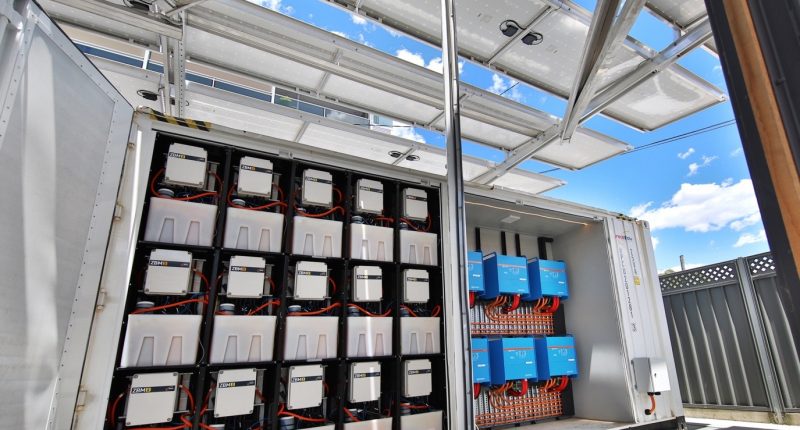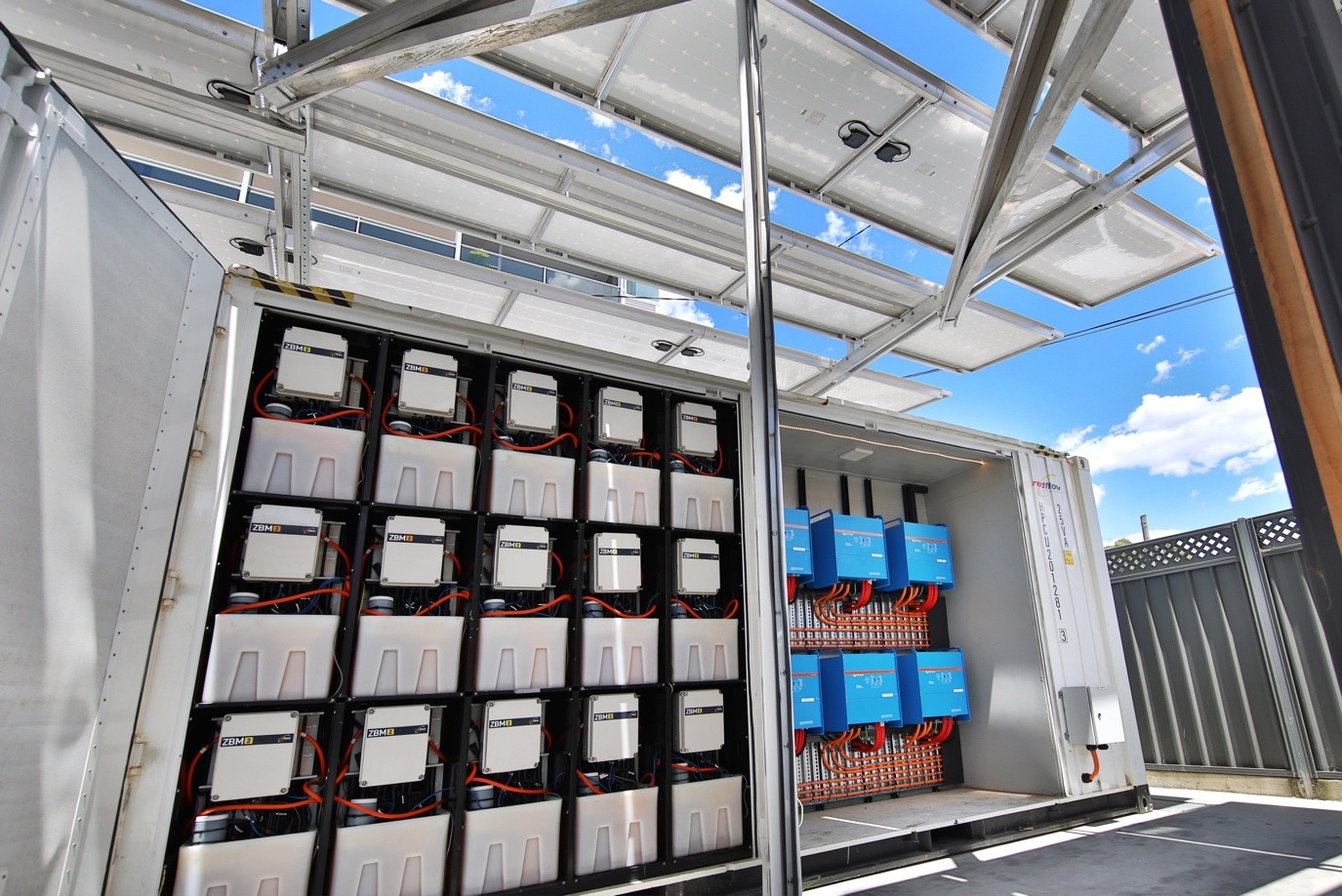- Redflow (RFX) will receive funding from the US Department of Energy to build a microgrid scale energy storage battery near a children’s hospital
- The move is part of a larger Biden administration clean energy plan to secure domestic renewable supply in the country
- Redflow intends to use one of its own zinc-bromine flow batteries in the California-based project which is set to tolerate gradually increasing North American summer temperatures
- Shares are up 7.27 per cent, trading at 29.5 cents at 12:12 pm AEST
Redflow (RFX) has secured funding from the US Department of Energy to participate in a renewable energy microgrid project.
The company will oversee the installation and operation of a 34.4-megawatt-hour long-duration storage battery for a microgrid connected to a children’s hospital in Madera, California.
The children’s hospital grid project is part of a DOE program valued at US$325 million (A$506 million) aimed at prioritising the expansion and adoption of renewable energy sources.
The fundamental concept behind grid-scale batteries is as follows: wind and solar energy can be channelled into a battery that stores the power for use overnight, allowing reserved wind and solar energy to be tapped into during peak demand hours long after the sun has set.
For wind and solar power to become a nation’s sole source of power generation, these batteries are essential components.
Elon Musk’s Tesla provides ‘Megapack’ batteries that are already in use at some projects in Australia, and other major competitors offer similar technology. Redflow is banking on this growing trend.
There is another underlying aspect to this technology among battery manufacturers – the industry is in a race to produce the most climate-resilient batteries available, given that global temperatures are expected to continue rising, whether we like it or not.
Battery assets, like most lithium-ion assets, are prone to catching fire, as was the case in Victoria in 2021.
This is why disruptive technology aimed at reducing reliance on lithium-ion setups is focused on developing the least volatile type of battery possible. Redflow, for its part, aims to build a zinc-bromine flow battery.
On its website, Redflow points out that zinc-bromine batteries can operate at temperatures of up to 45 degrees Celsius, with a water-based electrolyte that significantly reduces the risk of thermal runaway – the term for a battery fire.
“Our batteries are ideally suited for daily use in the Central Valley’s extreme heat, and we’re proud to provide the resources the hospital needs to ensure safe, reliable operations,” Redflow CEO Tim Harris said.
“Under the current project proposal, Redflow aims to supply 34.4 MWh of zinc-bromine flow batteries, enclosed in its modular energy pods, in late 2025. The timetable is indicative only and subject to final approvals and legal documentation.”
RFX shares were up 7.27 per cent, trading at 29.5 cents at 12:12 pm AEST.







